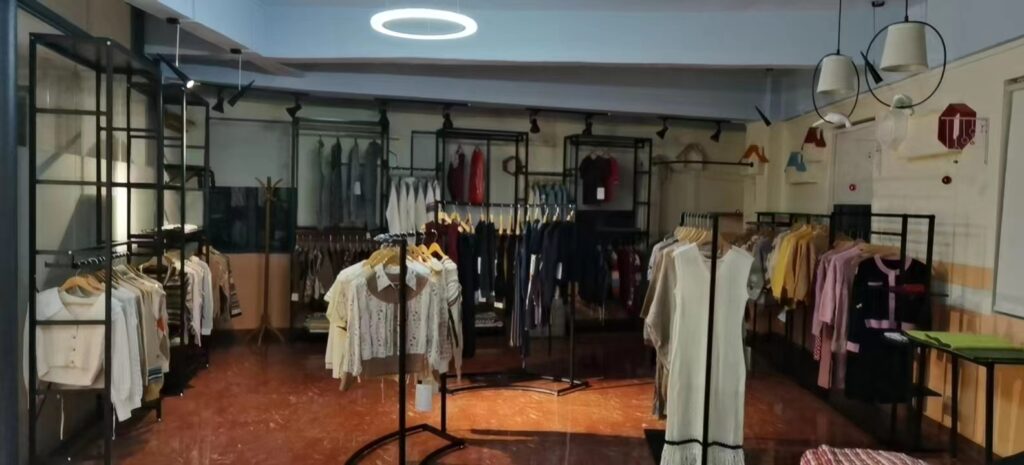
Sampling development plays a crucial role in the manufacturing process of knitwear. It involves creating a prototype or sample of a garment before it goes into mass production. This step is essential for several reasons.
1. Testing Design and Fit
Sampling development allows manufacturers to test the design and fit of a knitwear garment. By creating a sample, they can evaluate how the fabric drapes, how the stitches align, and how the garment fits on different body types. This process helps identify any design flaws or fit issues that need to be addressed before moving forward with production.
2. Assessing Fabric Quality
Another important aspect of sampling development is assessing the quality of the fabric used in knitwear production. Manufacturers can examine the fabric’s durability, stretchability, and overall feel through the creation of samples. This evaluation ensures that the chosen fabric meets the desired standards and will result in a high-quality finished product.
3. Customer Approval
Sampling development also allows manufacturers to seek customer approval before mass production. By presenting samples to potential buyers or clients, manufacturers can gather feedback and make necessary adjustments based on their preferences. This step helps ensure that the final product meets customer expectations and increases the chances of successful sales.
In conclusion, sampling development is a vital step in the manufacturing process of knitwear. It helps test design and fit, assess fabric quality, and gain customer approval. By investing time and effort into sampling development, manufacturers can produce high-quality knitwear that satisfies both their own standards and customer demands.
